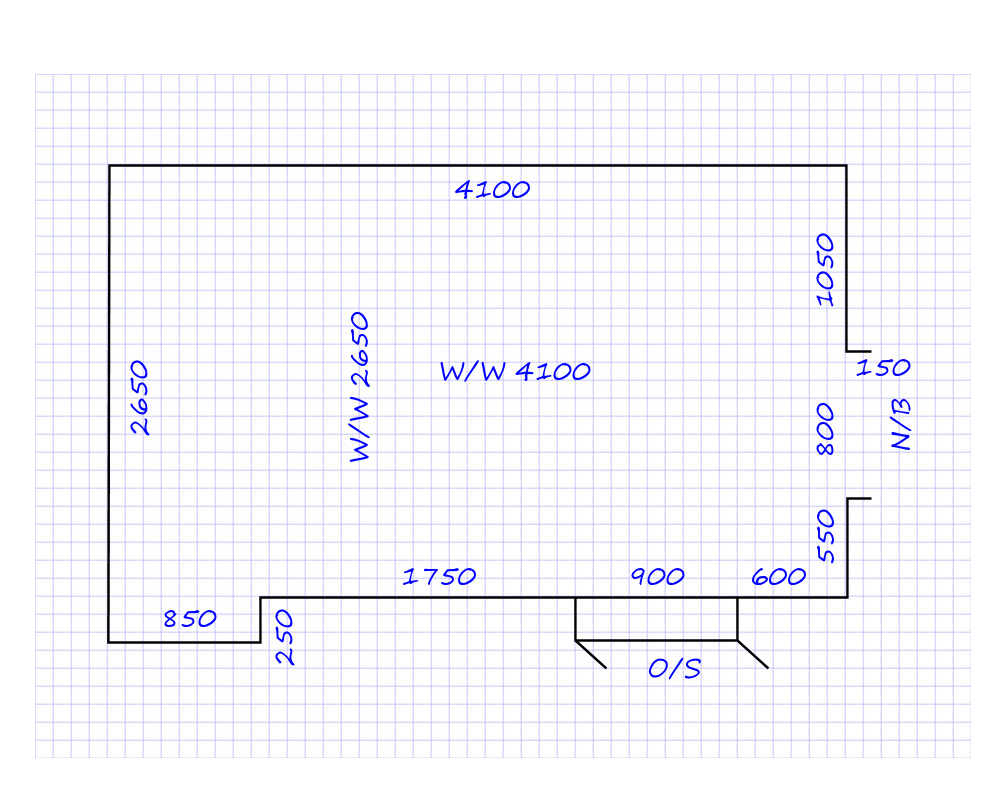Floor echelle layout chelle technique infer visuals 14x20 chelles
Table of Contents
Table of Contents
If you’ve ever had trouble accurately portraying the dimensions of a floor plan or room, you are not alone. Fortunately, drawing a plan to scale is an easy and efficient method to ensure that your drawings accurately reflect the measurements of the space you are working with. In this article, we’ll go over the basics of how to draw a plan to scale and provide tips for success.
Pain Points of Drawing a Plan to Scale
When working on a project that requires a floor plan, it can be challenging to accurately portray the space’s dimensions. This can lead to mistakes and misrepresentations, causing delays and additional costs. Additionally, not having a plan to scale can be frustrating and time-consuming. Luckily, these issues can be resolved by utilizing a plan to scale.
How to Draw a Plan to Scale
Before you begin drawing your plan to scale, you’ll need to determine the scale you’ll be using. A scale is the proportion between the dimensions of an object and the dimensions of its representation. For example, 1 inch on paper can equal 1 foot in real life. Once you’ve chosen your scale, you’ll need to measure the dimensions of the space you’ll be representing and select the appropriate paper size. Then, draw the space’s outer walls and divide the drawing into smaller sections. Determine the scale of each section and draw lines to represent the walls, doors, windows, and any other features accurately. Use a ruler and protractor to ensure straight lines.
Summary of Main Points
In summary, drawing a plan to scale involves choosing the appropriate scale, measuring the space and selecting the right paper size, dividing the drawing into smaller sections, and accurately drawing the walls and other features using a ruler and protractor. This process is essential for accurately representing the space’s dimensions and avoiding costly mistakes and delays.
The Importance of Scale in Floor Plans
When creating a plan to scale, it is essential to pay attention to the details. A small miscalculation can throw off the entire plan’s accuracy, resulting in a project with incorrect dimensions. For instance, when designing a kitchen, cabinets’ placement and appliances need to be precisely placed to allow for a functional kitchen. Using a plan to scale ensures all components of the kitchen work together without issues.
 ### Choosing the Right Scale
### Choosing the Right Scale
Choosing the right scale is critical in creating a floor plan. The scale will depend on the size of the space you’re working with, and it is essential to choose a scale that will fit all the features you need on the plan while remaining easy to work with. A 1/4 inch scale is typical for larger spaces, while a 1/2 inch scale may be better for smaller spaces. Be sure to measure the space accurately and choose the best scale for your project.
 #### Using All the Tools Available
#### Using All the Tools Available
When drawing a plan to scale, it’s essential to use all the tools available to ensure accuracy. Rulers and protractors are essential in creating straight and precise lines, while a compass can help you create circular features such as stairs or pillars. It’s also a good idea to use templates to help with standard shapes such as cabinets or appliances. Utilizing these tools will help you create a detailed and accurate floor plan.
Mistakes to Avoid When Drawing a Plan to Scale
It is easy to make errors when drawing a plan to scale. Mistakes can lead to costly and time-consuming changes, delays, and deviation from what was initially planned. One common mistake is unintentionally scaling different elements at different rates. Make sure to use the same scale for the entire drawing. It’s also important to recheck your measurements and recalculate your scale repeatedly. Finally, avoid rushing and take your time to ensure all details are accurate.
 Question and Answer
Question and Answer
Q: Why is drawing a plan to scale important?
A: Drawing a plan to scale is important because it ensures accurate representation of the project’s dimensions, assists in avoiding misinterpretations and misrepresentations, and assists in proper planning and cost-estimation.
Q: Can I change the scale in the middle of my plan?
A: No! It’s important to maintain the same scale throughout your plan to guarantee the correct relationship between dimensions in the drawing.
Q: How do I choose the correct scale?
A: Choosing the correct scale is vital to create an accurate representation of the space. Measure the space you want to represent and select the best scale that will fit all the details you need on the plan while still being accessible to work with.
Q: Is it easy to make errors when making floor plans?
A: Yes. Errors can happen if you unintentionally scale different elements at different rates, forget to use the same scale for the entire drawing or miscalculate your scale. It’s important to double-check your measurements and recalculate your scale repeatedly to avoid making mistakes.
Conclusion of Drawing a Plan to Scale
Creating a successful plan to scale requires attention to detail and taking the necessary time to ensure accuracy. Using the right tools such as a ruler, protractor, and compass can assist in creating precise lines and shapes. Avoiding common mistakes such as unintentionally scaling different elements and recalculation of the scale can save time and money while creating an accurate representation of your project. Remember to choose the correct scale for your project, and always double-check your measurements.
Gallery
Understanding Scales And Scale Drawings - A Guide | Scale Drawing

Photo Credit by: bing.com / scales cad firstinarchitecture represents beautyhairstyle
Planning And Costing, Floor Covering Plans, Scale Drawings

Photo Credit by: bing.com / costing
Draw A Room To Scale - Alter Playground

Photo Credit by: bing.com / plans covering costing
How To Draw A Floor Plan To Scale: 14 Steps (with Pictures)

Photo Credit by: bing.com / floor echelle layout échelle technique infer visuals 14x20 échelles
Understanding Scales And Scale Drawings - A Guide

Photo Credit by: bing.com / scale scales





